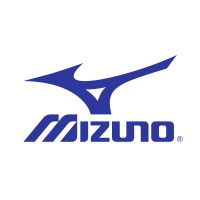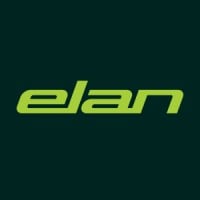
Mizuno Corporation
Contributing to society through the advancement of sporting goods and the promotion of sports. Sport plays a vital role in helping people lead a prosperous and comfortable lifestyle. By making determined efforts to providing better sporting goods through our manufacturing and marketing practices and by continuing to contribute to the promotion and development of sport, we are strongly committed to contributing to society. The MIZUNO Group, comprising MIZUNO Corporation and its 13 subsidiaries, is primarily engaged in the manufacturing and marketing of sporting goods, including baseball, golf and other sporting equipment, sportswear and footwear. The Group also operates sports facilities, including golf schools and futsal (five-a-side soccer) courts, as well as public facilities that MIZUNO operates under contract with governmental authorities.






